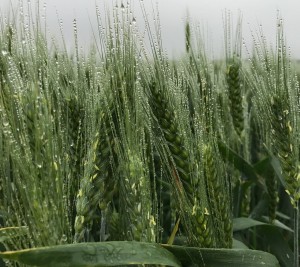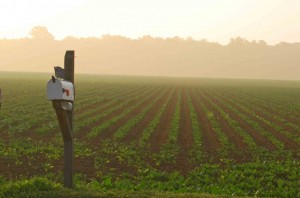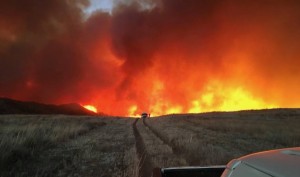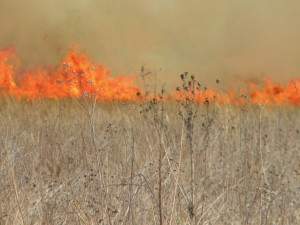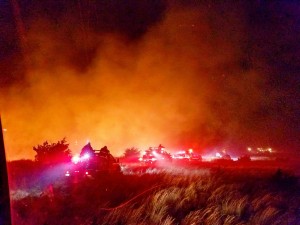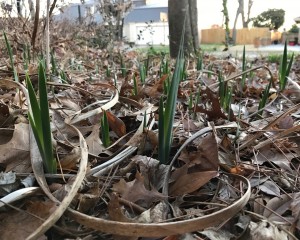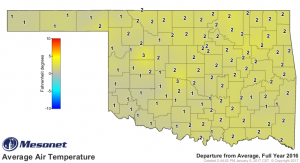Cattle in the Great Plains never know what to wear. Just when they put on their winter coat, it turns warm. Just when they settle into a warm day, temperatures drop and north winds chill a cow to the bone.
Photo: aranchmom.com
Rapid temperature change tips the scale for cattle on the verge of getting sick. It’s that added stress that can bring on bovine respiratory disease. The Cattle Comfort Index gives us a tool to monitor and measure rapid weather changes. It’s a measure of just how good or bad outdoor conditions are for cattle. Continue reading

